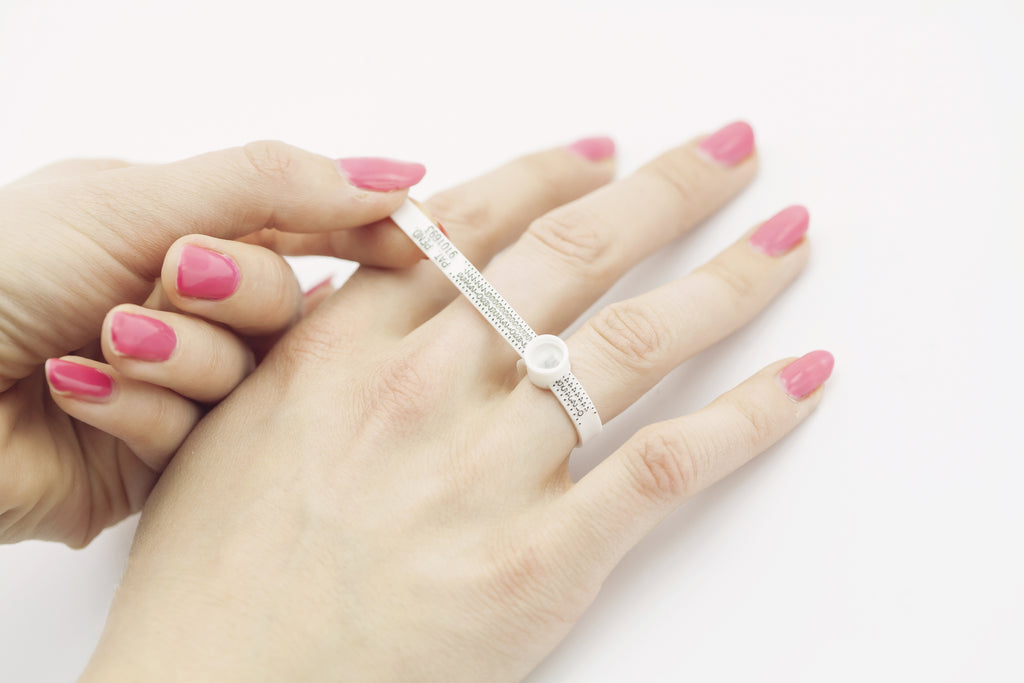Table of Contents
Introduction:
Are you considering the timeless elegance of a lab diamond ring but feeling a tad perplexed about getting the perfect fit? Fear not! This guide is your go-to manual for navigating the intricate world of lab diamond ring sizing. From understanding the basics to mastering the art of precise measurement, we’ve got you covered. So, let’s delve into the fascinating realm of lab diamond ring sizes and unlock the brilliance that awaits.
Understanding Lab Diamond Rings:
Before we dive into sizing, let’s take a moment to appreciate the allure of lab diamond rings. Lab-grown diamonds offer the same brilliance, clarity, and durability as their mined counterparts but with a reduced environmental footprint and ethical concerns. With their undeniable beauty and sustainability lab grown diamonds, lab diamond rings have become a popular choice for discerning individuals seeking both elegance and conscience.
The Fundamentals of Lab Diamond Ring Sizing:
1. Know Your Measurements:
- Ring Size Basics: Understanding ring sizes is fundamental. The most common method is using a numerical scale, typically ranging from 3 to 13.
- Width Matters: Keep in mind that wider bands typically require a larger size for a comfortable fit, so consider the width of the ring when determining your size.
2. Explore Sizing Options:
- Standard Sizing: Most jewelers offer standard sizes for convenience. However, it’s essential to ensure accuracy, especially when purchasing online.
- Custom Sizing: For a perfect fit, consider opting for custom sizing. Many jewelers provide this service, allowing you to tailor the ring precisely to your specifications.
Measuring Your Ring Size with Precision:
1. DIY Methods:
- Paper Strip Method: Wrap a thin strip of paper around your finger, mark the point of overlap, and measure the length to determine your size.
- String or Floss Method: Similar to the paper strip method, but using string or floss for greater accuracy.
2. Professional Assistance:
- Visit a Jeweler: For the most precise measurement, visit a reputable jeweler who can accurately measure your ring size using specialized tools.
Navigating Common Challenges:
1. Temperature and Time:
- Consider Environmental Factors: Keep in mind that temperature and time of day can affect finger size, so aim to measure when your fingers are at their average size.
- Allow for Fluctuations: Remember that fingers may swell in warm weather or after physical activity, so choose a size that accommodates such variations.
2. Finding the Perfect Fit:
- Comfort is Key: A properly sized ring should slide on easily but resist slipping over the knuckle. Aim for a snug yet comfortable fit.
- Trial and Error: If unsure, consider ordering a ring sizer or purchasing a sample ring to ensure the perfect fit before making your final purchase.
Conclusion:
In conclusion, finding the ideal size for your lab diamond ring size guide is a crucial step in ensuring both comfort and elegance. By understanding the fundamentals of ring sizing, exploring various measurement methods, and navigating common challenges, you can confidently select the perfect fit for your unique style and preference. Remember, a well-fitted ring not only enhances the beauty of your jewelry but also symbolizes the perfect union of style and comfort. So, go ahead, unlock the brilliance of lab diamond rings, and adorn yourself with timeless elegance.




